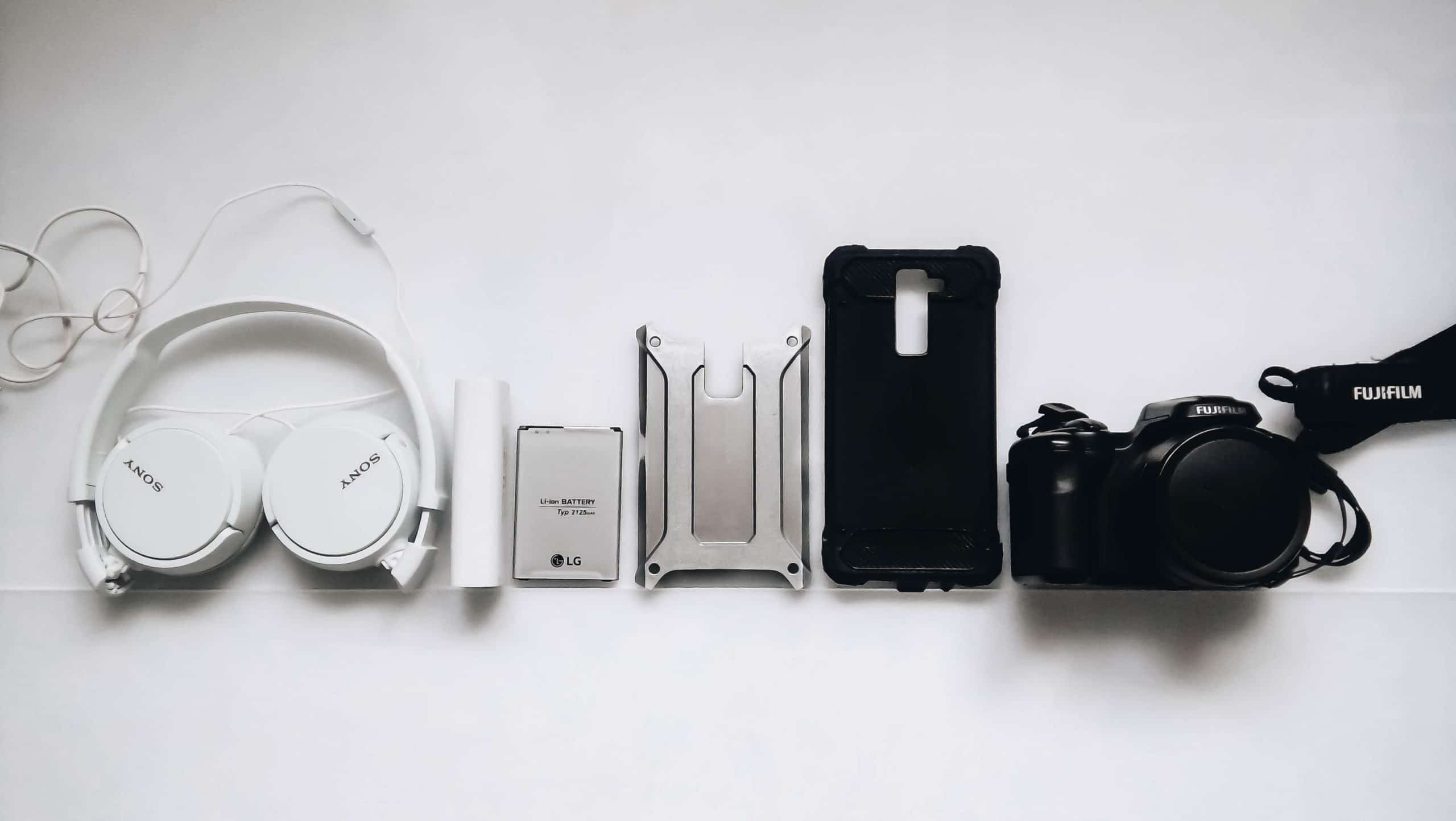The shelf life tests of materials are an essential procedure to guarantee the highest quality in industrial products. Carrying out them correctly is very important to obtain the best results. In this post we explain what these tests consist of, how they are carried out and when they should be applied in production processes.
What are shelf life tests?
Shelf life tests are tests that serve to estimate the durability of materials under suitable conditions. These types of tests are very important in different business sectors to guarantee the viability and quality of the objects that are put on the market or are incorporated into the productive chain.
In this way, the useful life tests provide precise information on the time periods in which a product can retain its structural and functional properties intact for each of the spaces in which it must act, thus contributing to:
- Predict the evolution of substances over time.
- Prevent failures and breakdowns in products and machinery.
- Reduce maintenance costs and increase productivity.
- Optimize the design and manufacture of new materials.
- Improve the image of companies before their clients and society as a whole.
How is the useful life of a product estimated?
To measure the useful life of products, it is necessary to study how they behave under certain environmental conditions, which include from the usual environment in which they will normally interact, to exceptional atmospheric situations related to extreme circumstances of temperature, humidity or pollution.
Depending on the mechanisms used to test the materials and the variables that are measured, we can find the following types of tests of the useful life of the products:
Physical life tests
They are responsible for evaluating the changes that occur in materials as a result of their exposure to physical phenomena such as heat, cold, electricity or light.
Chemical life tests
They study the development of chemical processes such as oxidation or corrosion when substances are subjected to various conditions of environmental contamination or humidity.
Mechanical life tests
They analyze properties such as resistance, hardness, flexibility or resilience of materials by treating them with different types of mechanical forces.
When are the shelf life tests of the products carried out?
Shelf life tests have to be applied whenever you want to characterize materials based on their morphological and functional properties, classifying them according to their performance. All this allows the best components to be designed, chosen and validated for the production processes, as well as to adjust to the operating, safety and quality requirements previously established by legal regulations and market demands.
These experiments are used to estimate the service life of a wide variety of products, including mechanical parts of electronic devices and industrial machinery, different elements of electrical, hydraulic and refrigeration systems, software programs of computer equipment or components of cars, airplanes, ships and other transportation systems.
Likewise, useful life tests are essential in civil engineering and in the construction of buildings and infrastructures to calculate the durability of substances such as concrete, as well as in the food industry to measure the time in which food, drinks and its containers remain suitable for consumption, thus determining the expiration dates and preferred consumption.
These are just some of the many uses of this type of test. If you want to optimize the procedures of your company, in our forensic engineering service we help you to carry out life tests of your products to have everything under control.
And if you want to stay informed about the latest news in the materials industry, we invite you to continue reading our blog.

